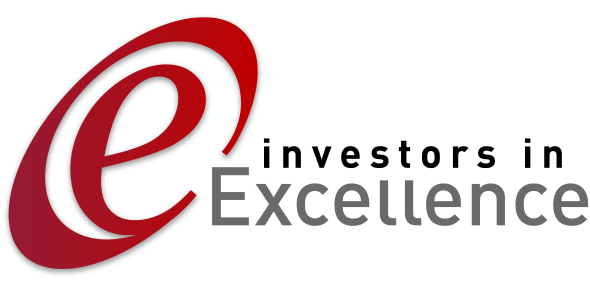 Leadership excellence is often the consequence of planned leadership development. Organisations need to have structure, and direction will come from leaders and people who are excellent in their approaches to achieving their desired goals. Not having a strong and effective leadership structure in an organisation such as the Red Arrows can lead to catastrophic outcomes.
Leadership excellence is often the consequence of planned leadership development. Organisations need to have structure, and direction will come from leaders and people who are excellent in their approaches to achieving their desired goals. Not having a strong and effective leadership structure in an organisation such as the Red Arrows can lead to catastrophic outcomes.
Some people are skilled at delivering the tasks that are assigned to them and their teams, but not as good at the process of assigning the task itself. Leaders are those people who can ensure that the organisation accomplishes all that it needs to sustain its success for the future.
The process of developing leaders can be broken down into many parts. Here we can look at just three elements that you will need to consider when putting your organisation in the position of having a robust structure for your people to work with.
Individual leader development
Personal characteristics that are associated with successful leadership development include a motivation to learn, a high achievement drive, and traits such as openness to experience, and a focus of self-control.
Development programmes should be designed to cover a range of developmental experiences over a period of time, including 360 degree feedback, experiential elements, coursework, executive coaching, and more.
Collective leadership development
Overall leadership can be assisted by strengthening the connection between, and alignment of, the efforts of individual leaders and the systems through which they influence operations. This differentiates “leader development” from “leadership development”. Excellent organisations are fully aware of the importance of their people resources, and address the development of these resources, including the leadership levels that they operate with.
Using the widest possible available resource to develop the plans that will allow your organisation to achieve its vision is an effective methodology for problem solving. As long as the way in which this is approached is in a structured manner, then the outcomes will be reached as a result of the best use of all people’s contribution. Adoption of specific suggestions can give increased ownership by the person contributing in that area.
Succession planning development
Leadership is a fluid role. Your organisation can outlast individuals by many years, but it is unlikely it will be able to run itself. You will need new leaders. The development of individuals to effectively take over when the current leadership exit their positions is known as succession planning. This development can require the extended education of an individual in several departments, to give the required experience to build a future leader.
Succession planning needs focus on an organisation’s future and vision, to align leadership development with the desired future for the organisation. Persons involved in succession planning should be current leadership, from a strategic vision perspective, and HR support to develop the most effective and robust development programme.
At IiE we have worked with a wide range of organisations to assist them through the leadership development process. We use a variety of approaches to achieve this, and they all support the Leading element of the Investors in Excellence Standard. Contact us to find out more.
